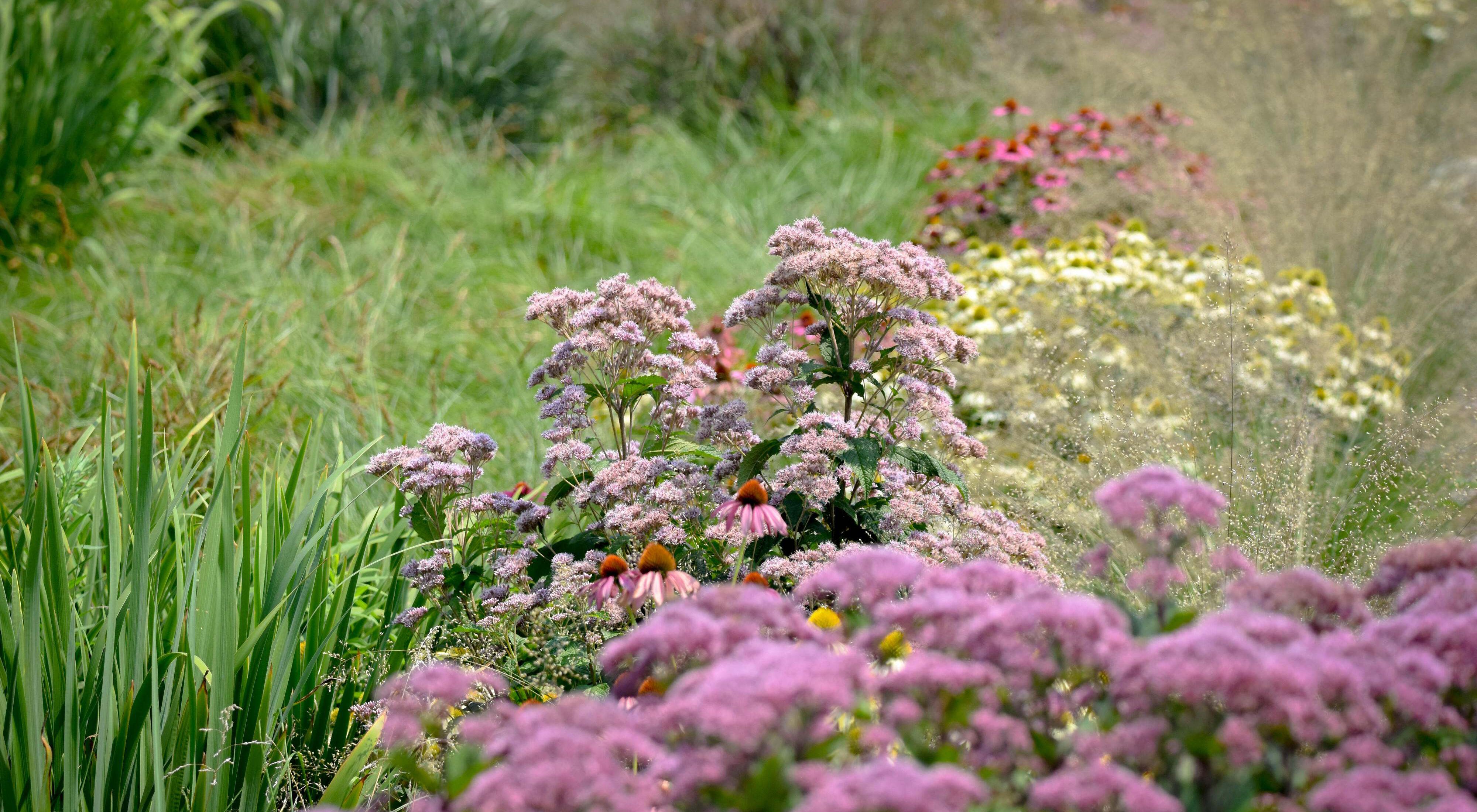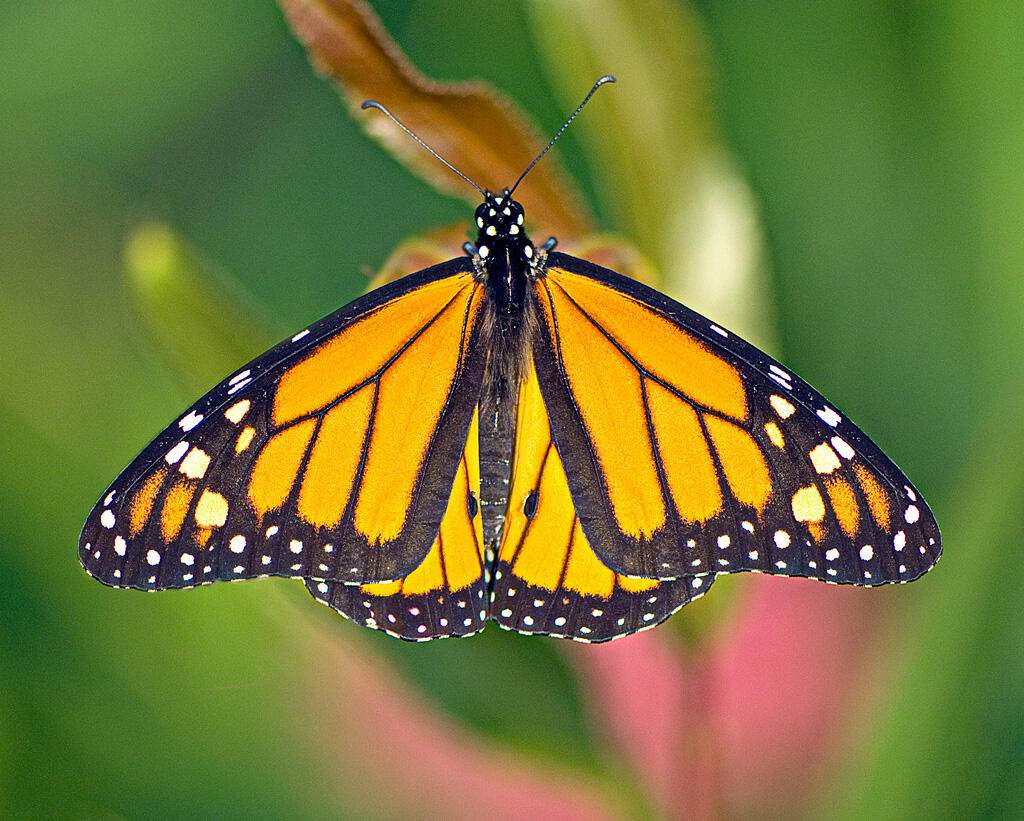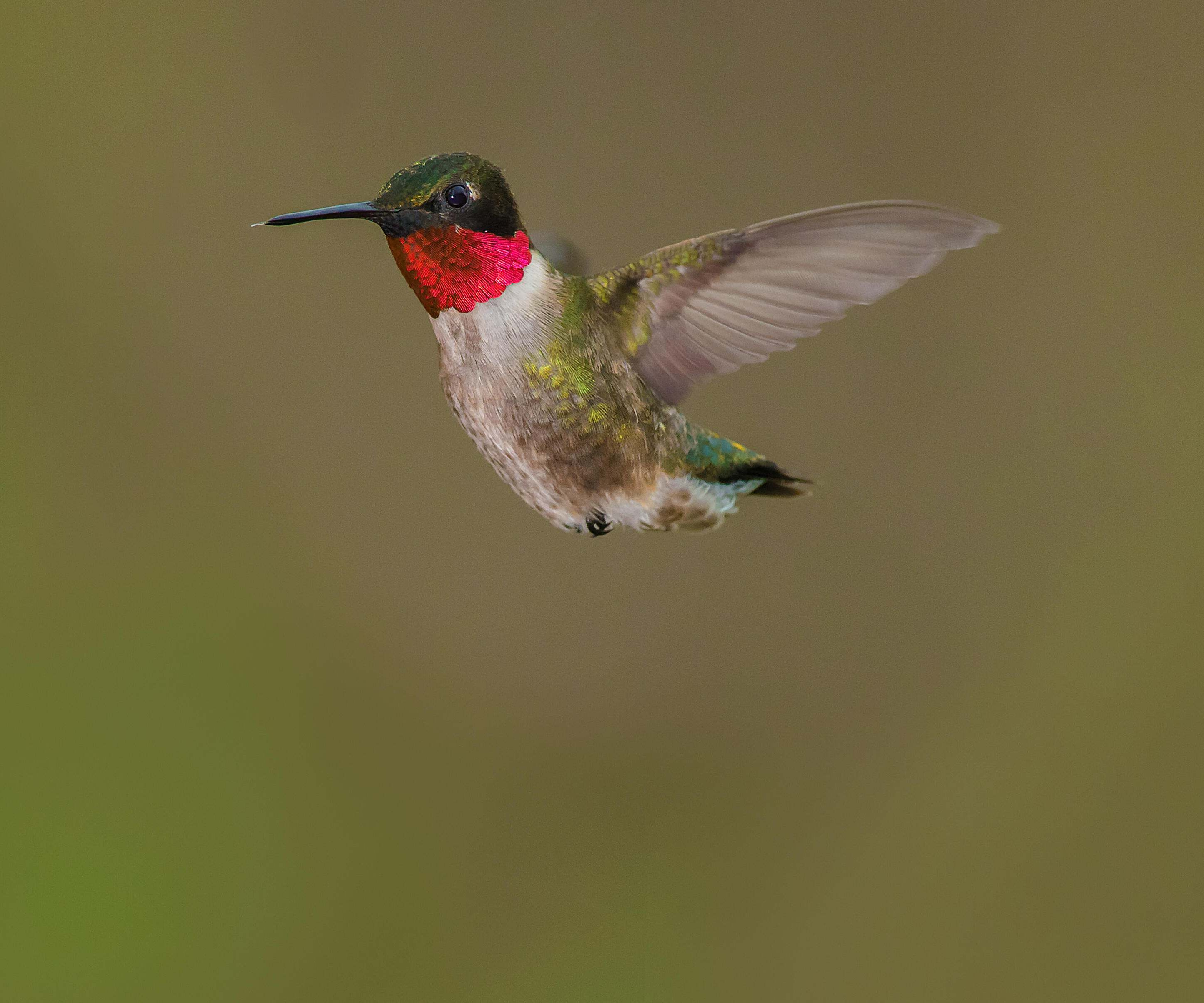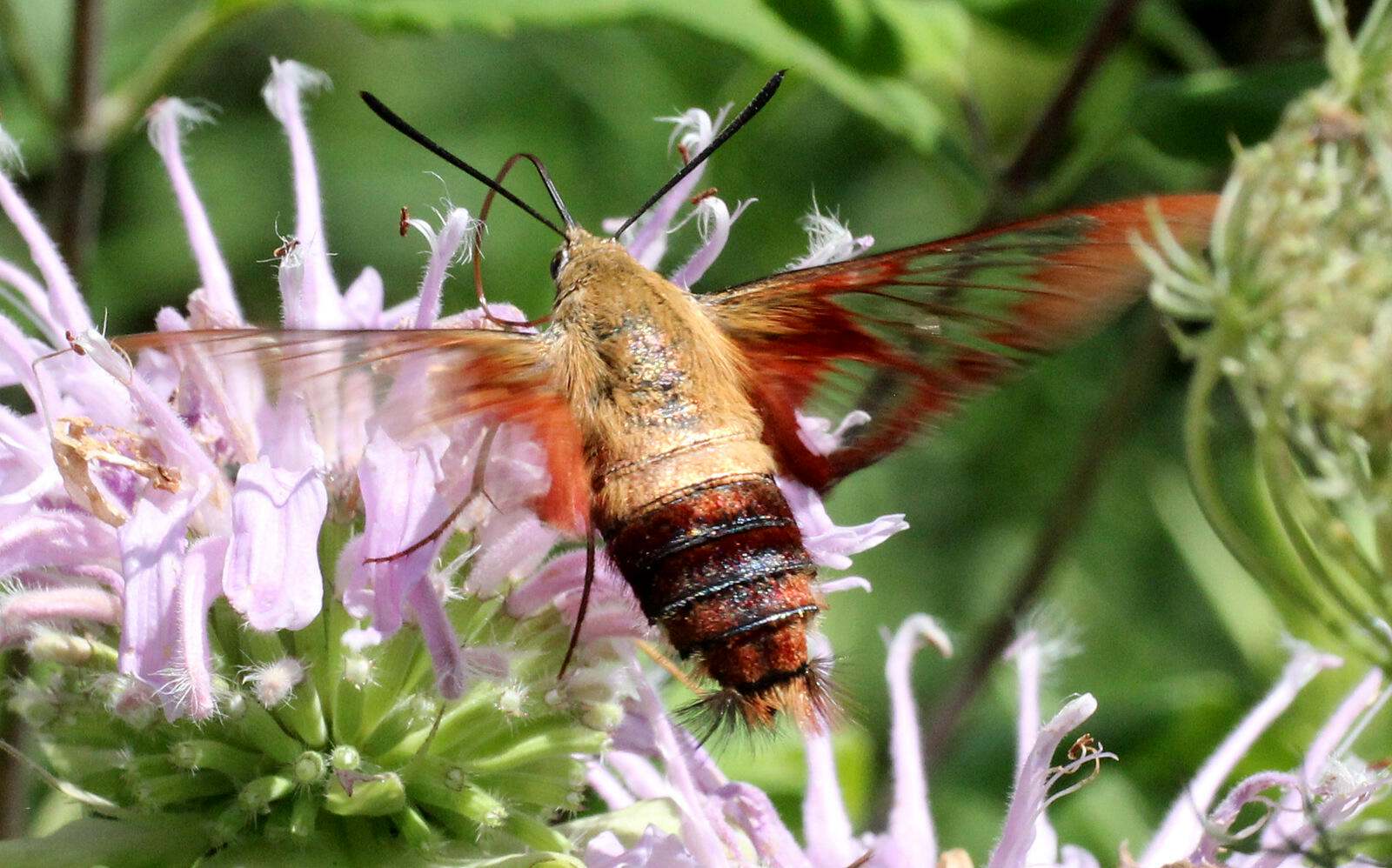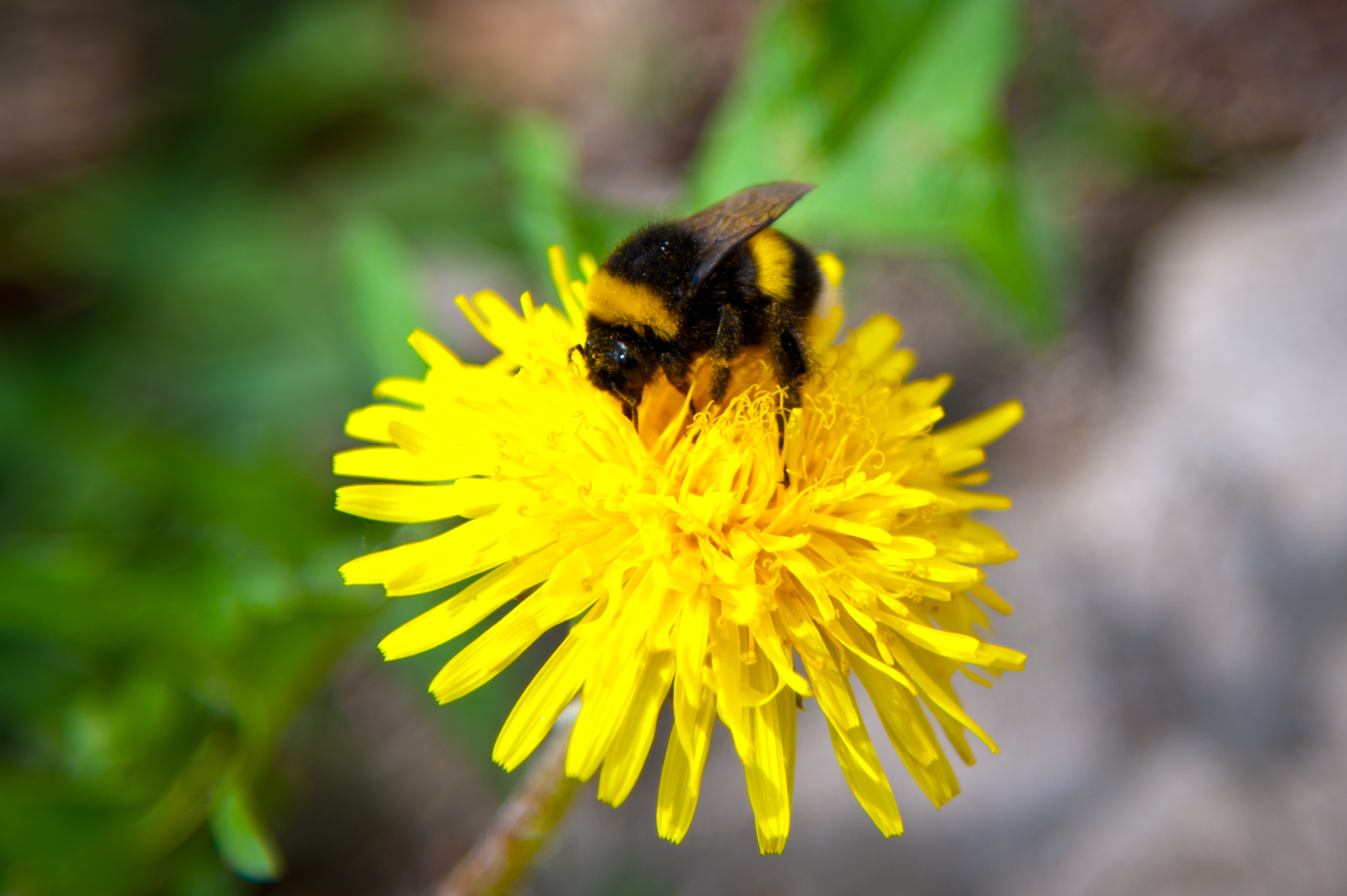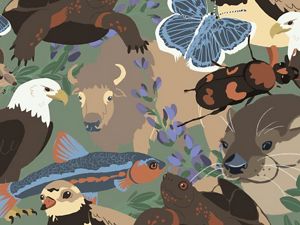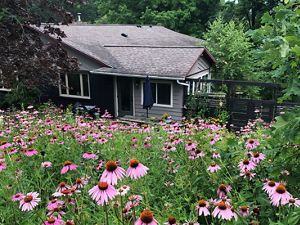Gardening for Nature
Enjoy nature and gardening at home, while providing habitat for wildlife to thrive!
Gardening can be more than an enjoyable hobby; it is a great way to enhance nature and provide much-needed habitat for wildlife! Here are three different garden types that get extra credit for helping the environment and supporting important critters like pollinators:

Pollinator Gardens
We’ve all heard the buzz: no pollinators, no food. Beneficial insects like bees, moths, butterflies and beetles—and even some other animals—are necessary for more than 80% of the world’s flowering plants to reproduce, including nearly 75% of food crops. Pollinators are also keystone species for many habitats, meaning entire ecosystems rely on them and would be drastically altered if they disappear.
Unfortunately, trends show that is exactly what is happening. Pollinators have been struggling planet-wide and New Jersey’s landscapes are no exception. Habitat loss and fragmentation, disease, pesticides and changing climate conditions combined are spurring population decline, with 40% of pollinators (mostly bees) facing extinction. In 2022, even the beloved monarch butterfly was placed on the International Union for Conservation of Nature’s endangered species list. Now more than ever, we need to protect pollinators and the habitats that support them.
New Jersey Pollinators
Meet some of New Jersey's most iconic pollinators.
TNC-NJ's Work With Pollinators
The good news is that if we all band together taking small steps, we can have a big impact to help pollinators—and our fields, gardens, patios and balcony boxes are the simplest places to start.
Managing habitat for wildlife at any scale should involve planting a diverse variety of native flowers and shrubs, reducing pesticide use and providing watering, nesting and overwintering areas. In New Jersey, The Nature Conservancy has been walking the talk of protecting land since our founding in 1955. And, since 2013, we have specifically managed habitats for pollinators at our preserves.
Examples include Garrett Family Preserve, where we transformed a four-acre fallow field into a wildflower meadow teeming with common milkweed, seaside goldenrod and other native plants that provide food and resting space for pollinators. We mow strategically so the habitat’s resources are seasonally maximized, and even built and installed an insect hotel on site! At Lummis Ponds Preserve, we planted more than ten acres with common milkweed, the host plant for monarch butterfly caterpillars. It is estimated to be among the largest stands of milkweed in New Jersey, with more than 400,000 individual plants!
What You Can Do
The best part about creating pollinator gardens is that it does not have to involve expansive acreage, though; yards, patios and porches can add up holistically to help pollinators thrive. Want to join in? Optimize your garden for pollinators keeping a few tips in mind:

- Have Fun in the Sun. Choose a sunny location for your plantings. Pollinators like to bask in the warm rays, and some of their favorite wildflowers grow best with full or partial exposure.
- Local is Lovely. Opt for flowers, shrubs and trees that are native to your region, offering a diverse variety with different bloom times and flower shapes to provide food for different pollinators throughout their life cycle. See our suggestion chart below, and check out the Conservation Cover for Pollinators Guide: New Jersey from the Xerces Society—page 13 shows a complete list of recommended native plants for pollinator gardens.
- Home Sweet Home. Put out the pollinator welcome mat by providing access to host plants, water, shelter and nesting resources like hollow reeds, leaf litter and bare patches of dirt for burrowers.
- Control the Poisons. Avoid using pesticides, including insecticides, fungicides and herbicides, which are harmful to native insects and wildlife.
Learn more from TNC's Pollinator Gardens 101 webinar and from the Xerces Society's Conservation Cover for Pollinators Guide.

Rain Gardens
Give nature a boost by planting a rain garden! When properly maintained, rain gardens beautify the environment and provide habitat for pollinators and other wildlife. Most importantly, they help manage soggy areas in the landscape, soaking up water that might otherwise cause flooding and wash pollutants into nearby water sources. Instead, the water nourishes the rain garden’s plants and filters into the ground to help replenish aquifers. Rutgers University offers a valuable guide to building rain gardens.
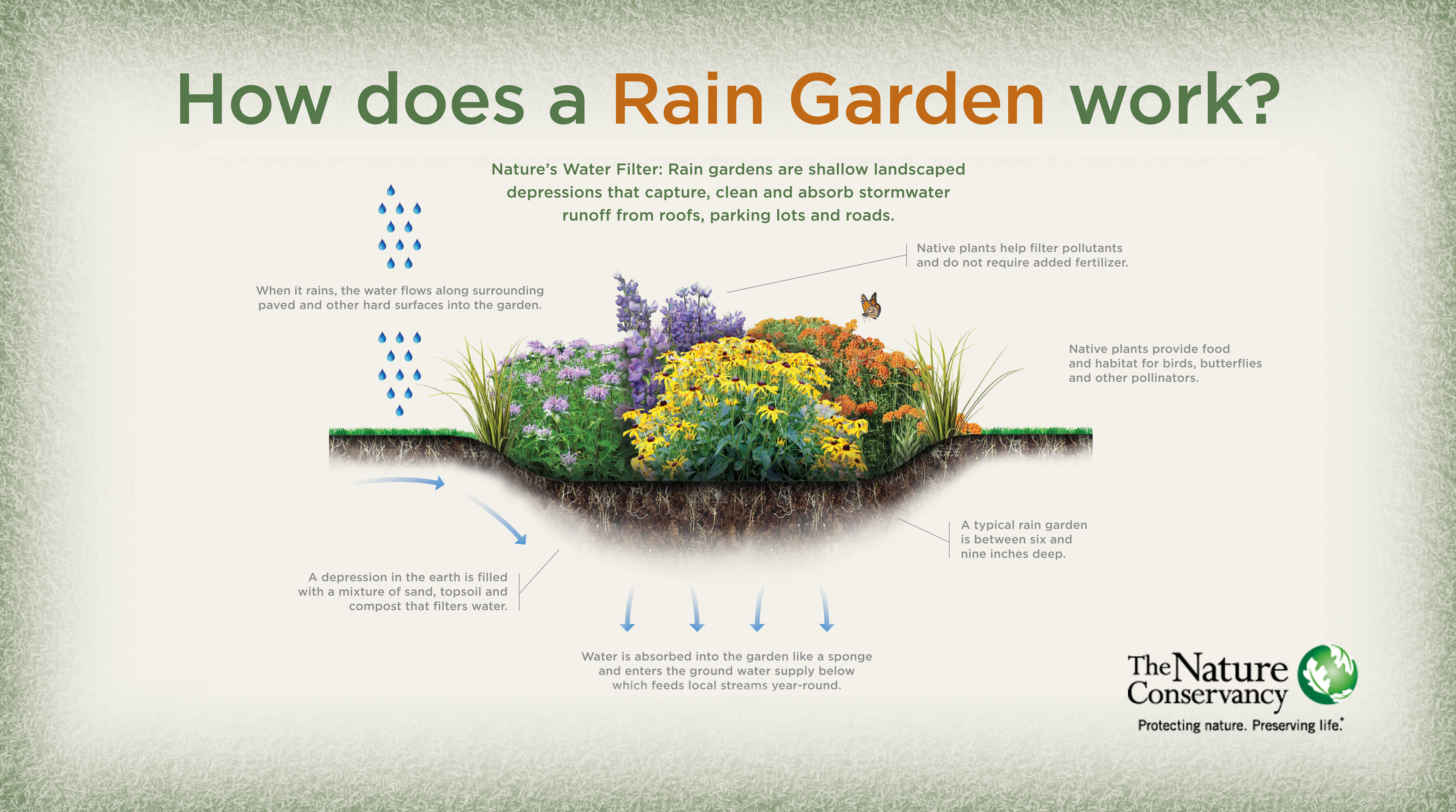
.jpg)
There may be places around your community that could benefit from a rain garden, offering an opportunity to use nature to improve flooding while also bringing people together. If so, you can approach local leadership, organizations and businesses about partnering for an installation. TNC was part of a project teams in several New Jersey locations, including one in Millville that improved conditions at the library parking lot, protected the Maurice River and gave residents a sense of civic pride. Don’t underestimate the power of a rain garden.

Container Gardens
Apartment dwellers, take heart! Your patio, balcony or window box is prime real estate for a pollinator container garden. Small-scale plantings give pollinators a place to rest and feed, beautify your home and provide viewing entertainment and a sense of satisfaction for your whole family. Some things to consider for pollinator container gardens:
- Go Native. See below for our list of New Jersey native plants that will grow in containers.
- Make Room for Roots. Choose containers at least 16” deep to allow your native plants to build strong root systems.
- Think Drink. Water often, because soil in containers dries quickly and plants become root bound.
- New Jersey Native Plants. There may not be a Springsteen or Sinatra flower, but many plants are native to New Jersey and will thrive in pots and containers. Choose from these species for your pollinator container garden.

The plants listed in the infographic are Creeping phlox, Nodding Onion, Black-eyed Susan, Pink Tickseed, Eastern Columbine, Purple Coneflower, Coral Bells, Golden Alexander, and Trumpet Honeysuckle.

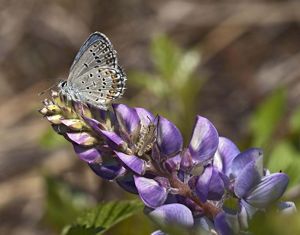
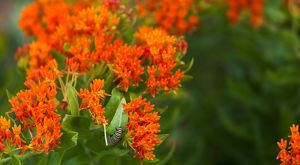



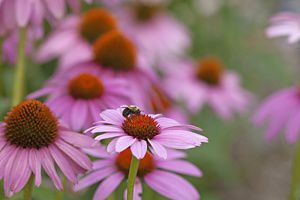

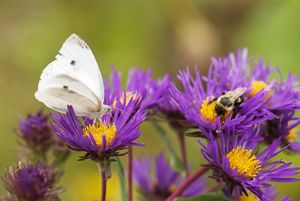
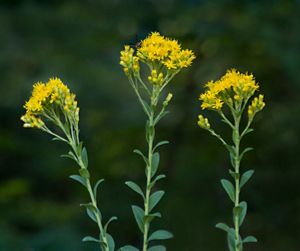

Golden Alexanders: Golden Alexanders are early blooming perennials that can reach up to three feet tall. They are highly adapted to disturbance. © Michelle Kalantari /TNC

Wild Blue Indigo: This early blooming perennial can grow up to two feet. © Ian Adams

Butterfly Milkweed: This mid season perennial prefers sandy soil. © Ryan Donnell

Common Milkweed: Common milkweed is the host plant for monarchs. © Lily Mullock/TNC

Joe Pye Weed: This native perennial can reach heights up to six feet. It prefers part shade and fertile soil. © Patrick Doran/TNC

Blue Lobelia: This mid-season perennial prefers part shade and fertile soil. © Chris Helzer

Bumblebee on purple coneflower: Purple coneflower can grow up to three feet tall. © Danae Wolfe/TNC

Wild Bergamot: Wild bergamot is a mid-season blooming perennial. It establishes quickly, and can grow up to four feet. © Chris Helzer

New England Aster: Pollinators love this late blooming perennial. © Chris Helzer/TNC

Stiff Goldenrod: Stiff goldenrod is one of the best native plants to provide for pollinators, especially monarch butterflies. It is ideal for dry, sunny sites. © Shutterstock
For a comprehensive list of New Jersey's native flowers, trees, shrubs and more, refer to The Native Plant Society of New Jersey's native plant guides.
